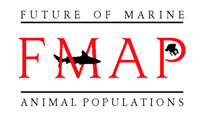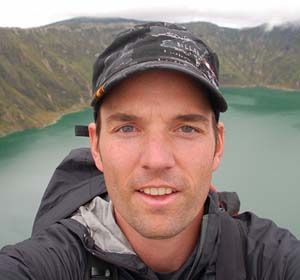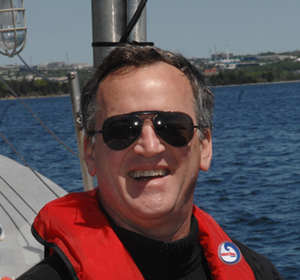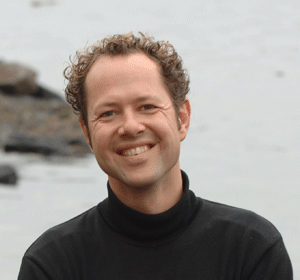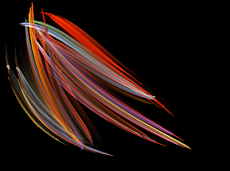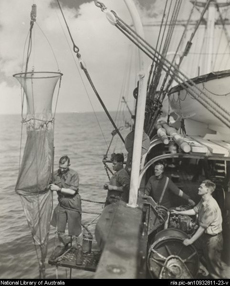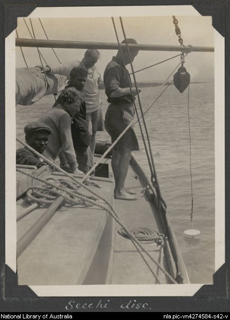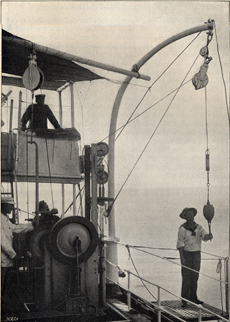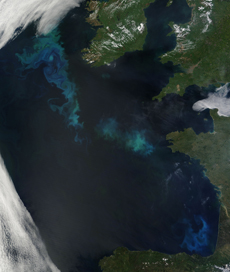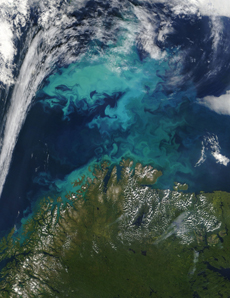|
||||||||
|
|
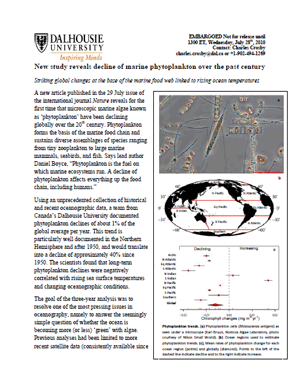 Download Press Release PDF Word |
 Frequently Asked Questions |
Authors:
Outside Commenters:
| Daniel G. Boyce | Marlon R. Lewis | Boris Worm |
Outside Commenters:
| Michael J. Behrenfeld | Paul Falkowski | David M. Karl | William M. Balch |
Outside Commenters
Video Credits: Harry Taylor, Nikon Small World, National Library of Australia, NASA Earth Observatory Collection, Jack Polanen, Oceans Below underwater production & training.
High Quality Stream
Download .MOV (19MB) (right click and select 'Save Target As...')
Download .MOV (108MB) (right click and select 'Save Target As...')
High Quality Stream
Download .MOV (19MB) (right click and select 'Save Target As...')
Download .MOV (108MB) (right click and select 'Save Target As...')
 Figure 1 PDF EPS |
 Figure 2 PDF EPS |
 Figure 3 PDF EPS |
 Figure 4 PDF EPS |
 Figure 5 PDF EPS |
 Figure 6 PDF EPS |
Photos
A number of marine diatom cells (Rhizosolenia setigera), which are an important group of phytoplankton in the oceans (Karl Bruun, Nostoca Algae Laboratory, photo courtesy of Nikon Small World).
A number of marine diatom cells (Pleurosigma), which are an important group of phytoplankton in the oceans (Michael Stringer, Pleurosigma (marine diatoms), photo courtesy of Nikon Small World).
Use of a plankton net ca. 1910 (Hurley, F., Investigating Antarctic depths...A typical scene aboard the discovery during the working of a 'Plankton' station. A vertical net, which may be closed at any desired depth from the ship's deck is being set preliminary to its descent, Part of B.A.N.Z. Antarctic Research Expedition photographs, 1929-1931, photo courtesy of the National Library of Australia).
Use of the Secchi disk, ca. 1910. Historical Secchi disc data are one of the two main data sources in our analysis (Yonge, C.M., Scientists measuring the water transparency with a Secchi disk, Queensland, ca. 1928, Part of Album of the Great Barrier Reef Expedition in the Low Islands region, Queensland, 1928-1929, photo courtesy of the National Library of Australia).
Early marine scientists use a 'lotmaschine' to gauge water depth at a sampling location.
A large phytoplankton bloom in the Northeast Atlantic (offshore of France, Ireland, Great Britain) as seen from space (Phytoplankton Bloom in the North Atlantic, NASA Earth Observatory Collection).
A spectacular phytoplankton bloom in the Barents Sea as seen from space (Phytoplankton Bloom Near Norway, NASA Earth Observatory Collection).
Last Updated: 2022-07-23 |
